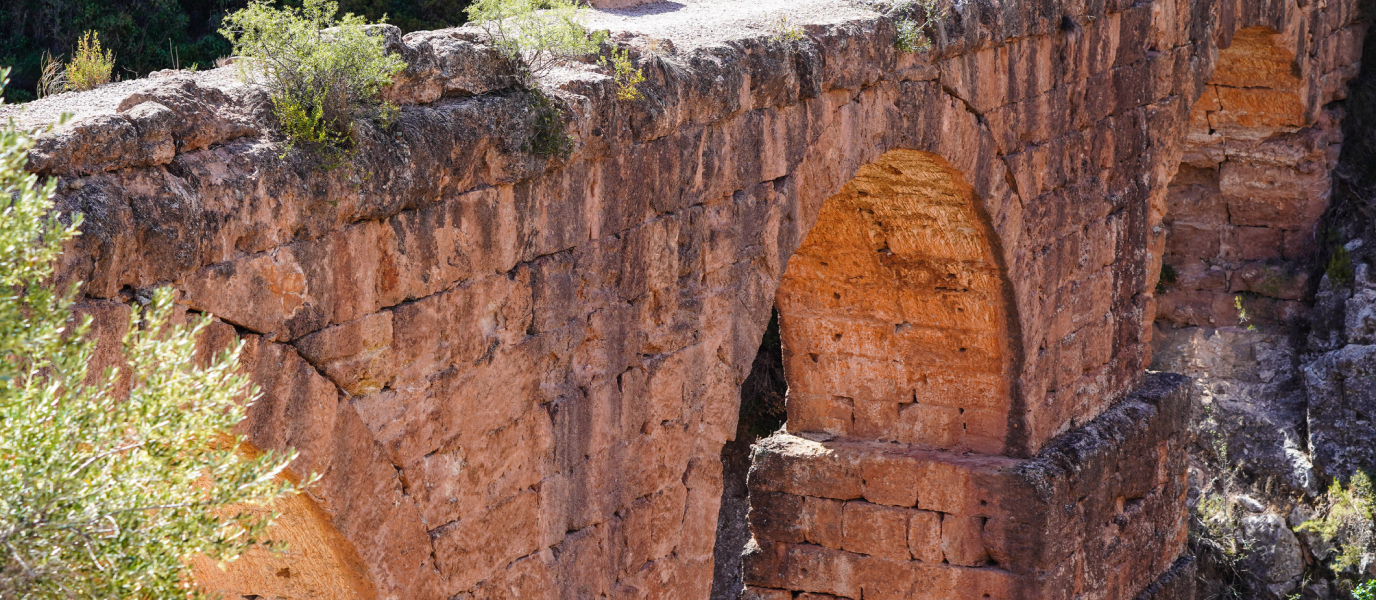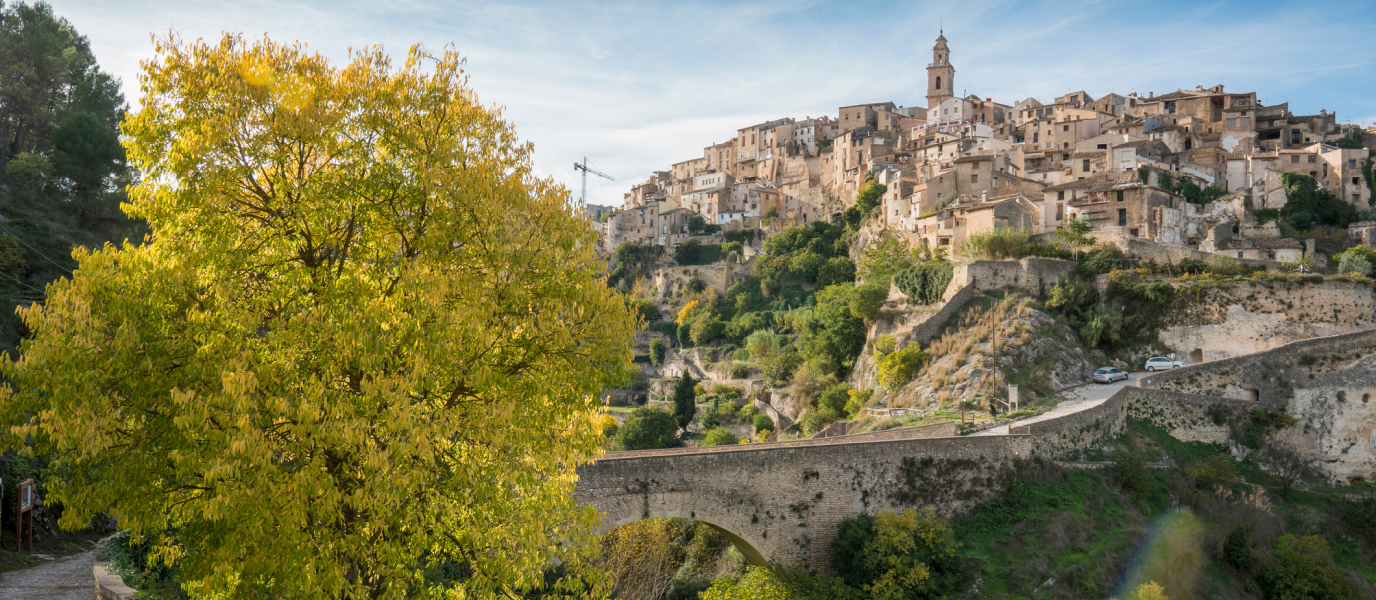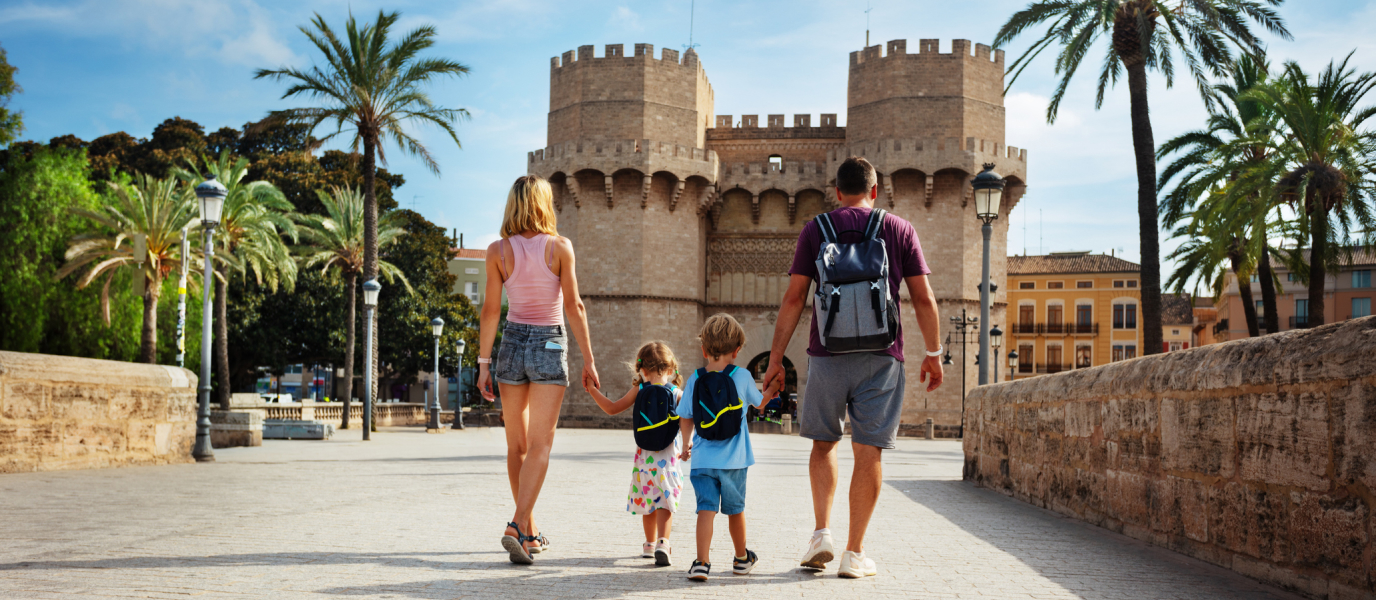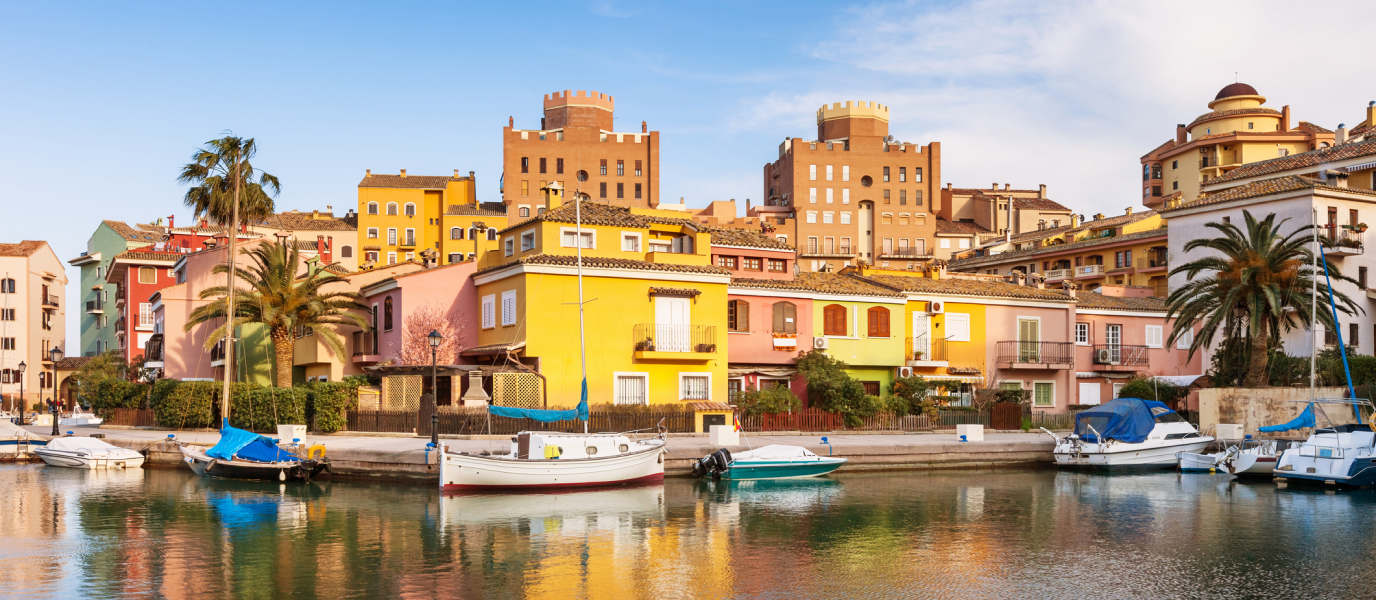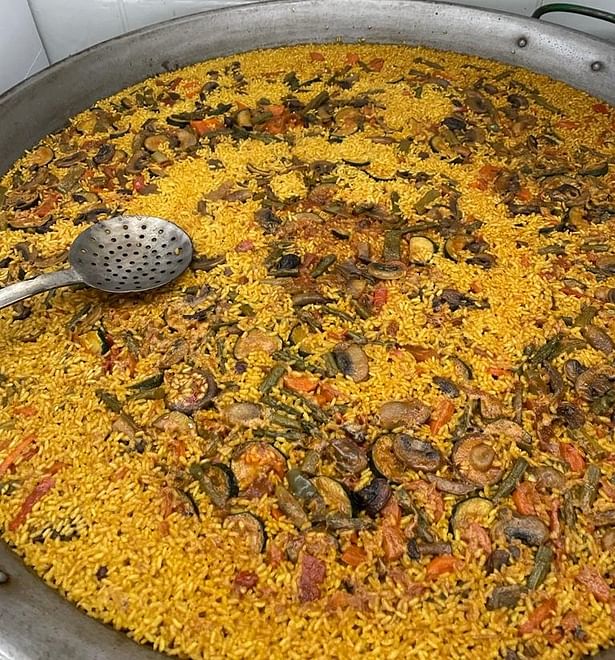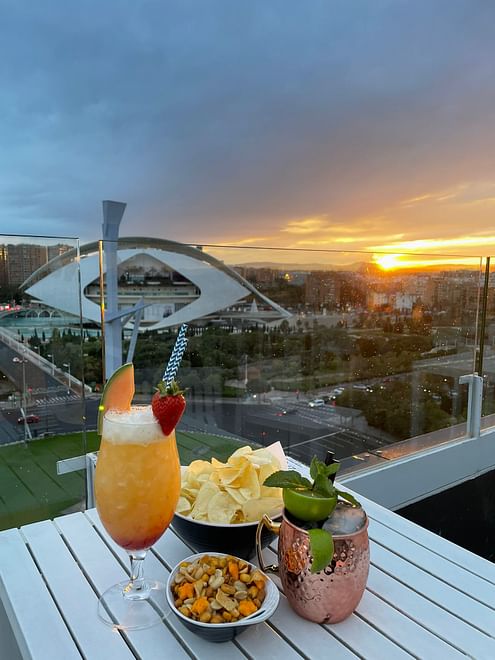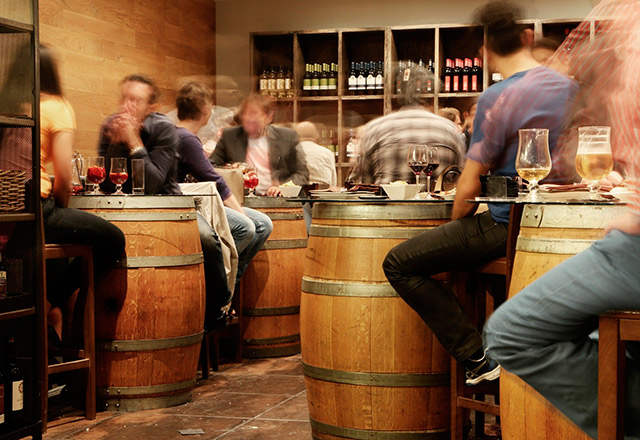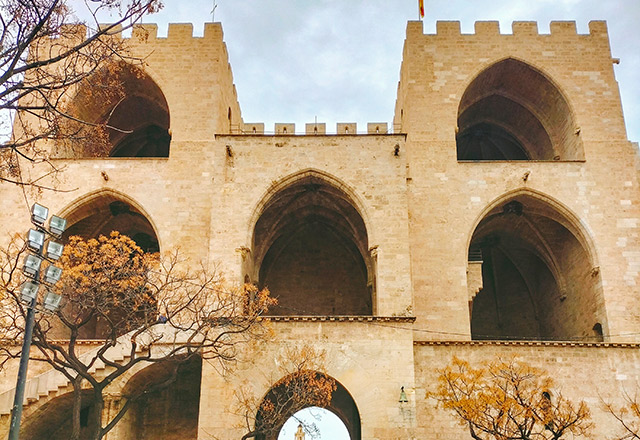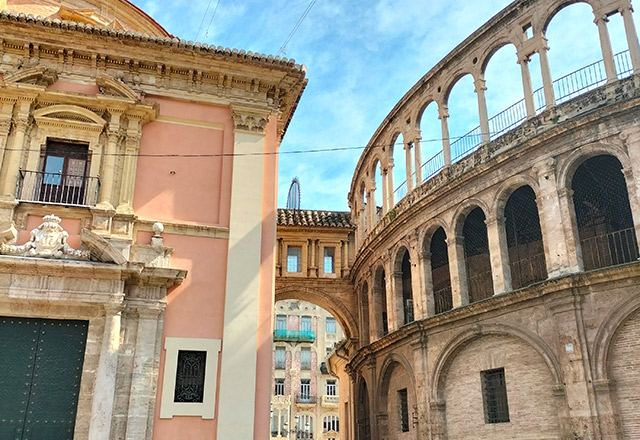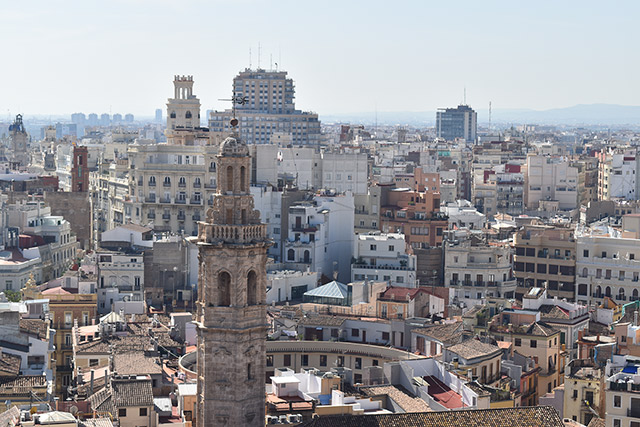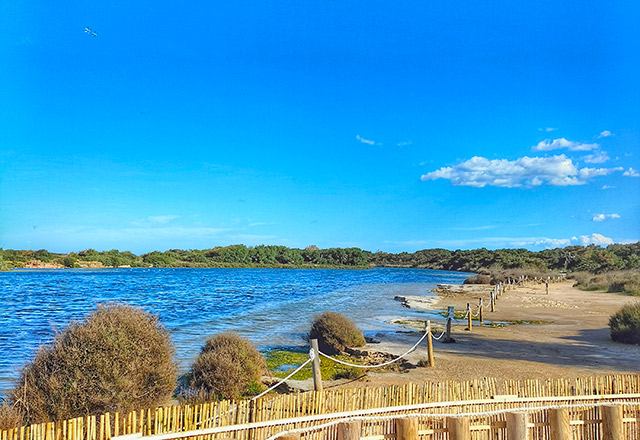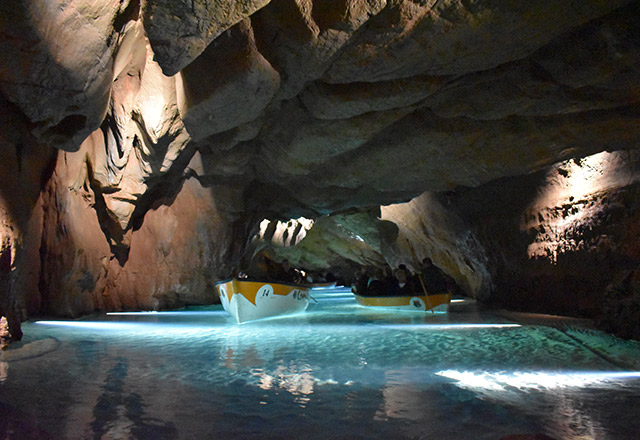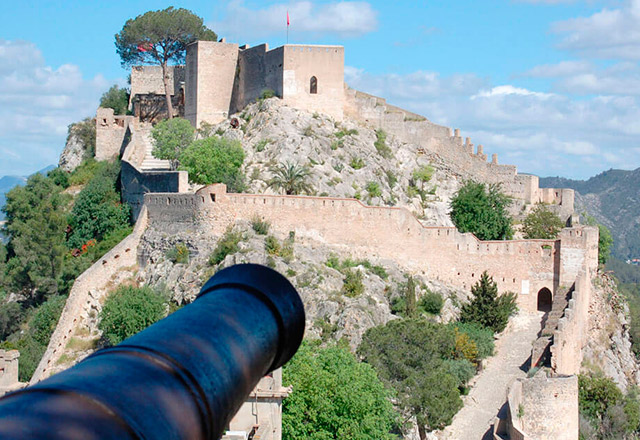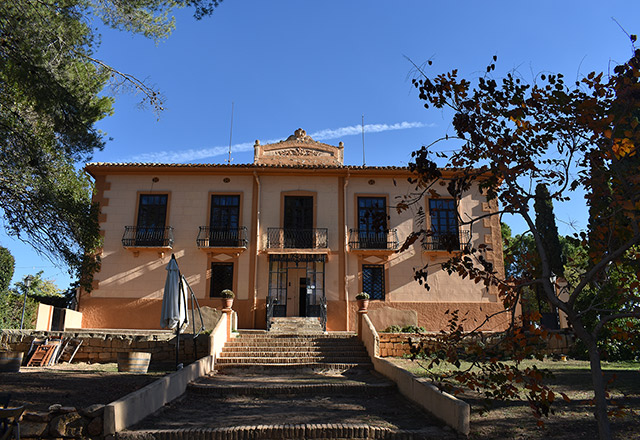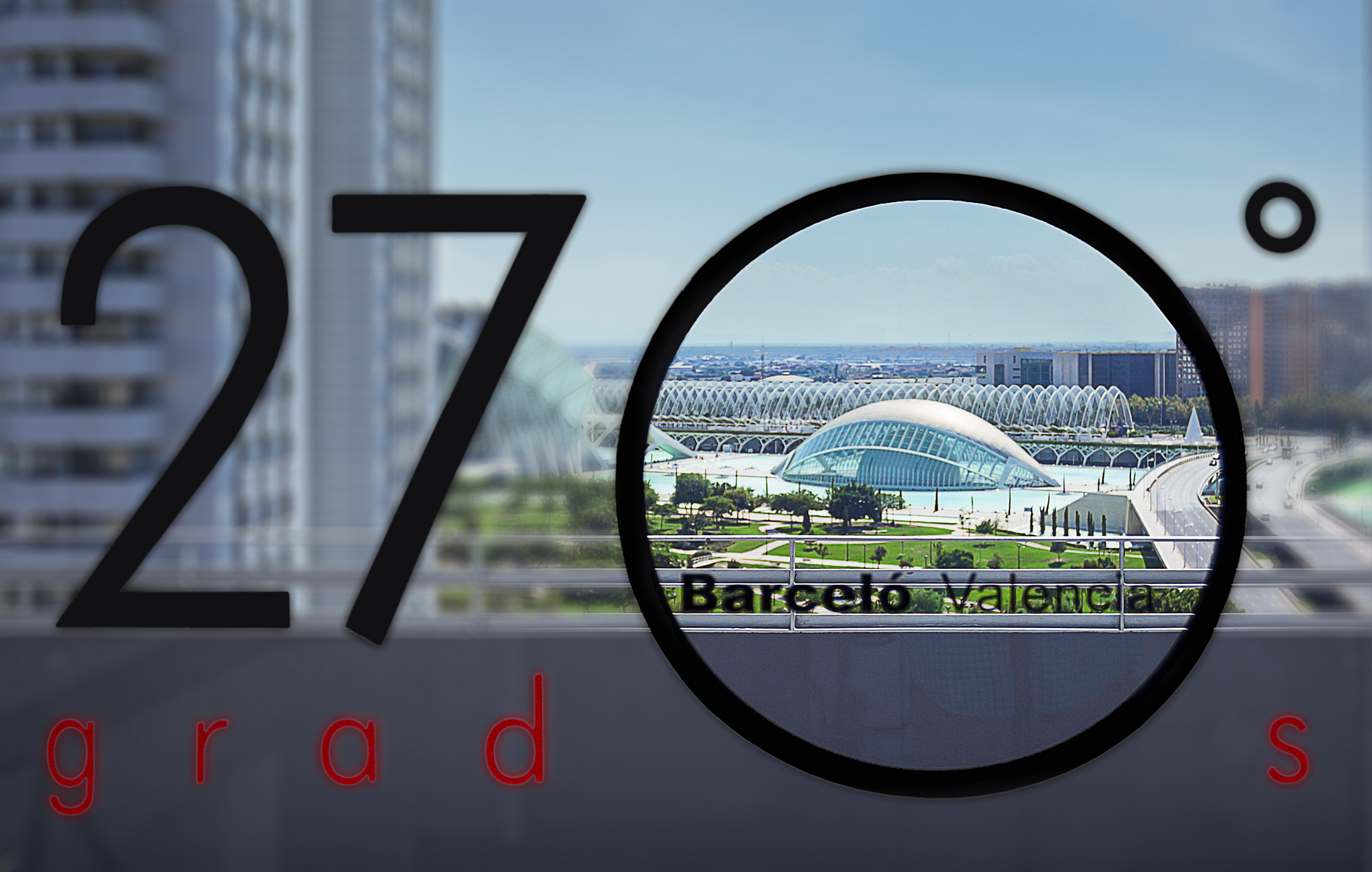Located in the interior part of Valencia province, 68 kilometres from the city of Valencia, Chelva is impressive thanks to its spectacular beauty, the abundance of water that has generated a tourist route, and its great natural heritage. This enchanting municipality is delimited by the river Tuéjar, which flows through the town centre, and the river Turia, located further south, as well as by the Utiel mountain range and the Javalambre massifs. Throughout its long history, Chelva has also accumulated a sizeable amount of heritage monuments, especially religious ones, since there are numerous convents, chapels and churches in the historic centre of this delightful town of just over 1,500 inhabitants.
So many prehistoric remains from the Neolithic and Bronze Ages have been found in the area around Chelva that we could reconstruct prehistory based on them. Later on, there were Iberian and Roman settlements of which little remains, except for the Peña Cortada Aqueduct and some rural villas. One of the most prosperous periods in the town’s history was under Moorish rule, until it was conquered by Pedro II of Aragon in 1194. In Chelva, as in Toledo, the three great cultures (Jewish, Muslim and Christian) coexisted in an atmosphere of tolerance until well into the 17th century.
- Historic centre of Chelva
- Archpriest Church
- Viscount Palace
- Where to eat in Chelva
- Itineraries in Valencia
Historic centre of Chelva
Chelva’s historic centre has accumulated the wealth and treasures of the many communities that have lived there. That is why you should take a long stroll through its unique street layout. The al-Andalus quarter of Benacacira still retains the mystery of the Moorish culture, while the Jewish quarter of Azoque also preserves its original layout, with narrow streets and arcades. In the Morisco quarter of Arrabal, which dates from the 14th century, you can admire rich examples of tile work, among other things.
There are many attractions in Chelva that are well worth a visit. In addition to the Archpriest Church and the Viscount Palace, i.e. its two landmarks, you should also visit the Town Council, the Old Walls of Chelva, the Civil War Shelter, the washing places and the bullring.
Archpriest Church
The Archpriest Church of Our Lady of the Angels is so spectacular that it was declared a Cultural Heritage Site in 2006. It is the most iconic monument in Chelva (Valencia) and is considered to be one of the best Baroque works in the Valencia region. The temple has the proportions of a cathedral and its construction began in 1626 in a work that lasted 80 years. The Mannerist-style altarpiece façade alternates the four classical orders on its different floors: Doric, Ionic, Corinthian and Composite. Its exuberant interior decoration, the large half-orange dome and the 60-metre high bell tower, the first of the Valencian Baroque period, are attributed to the architect Juan Bautista Pérez Castiel.
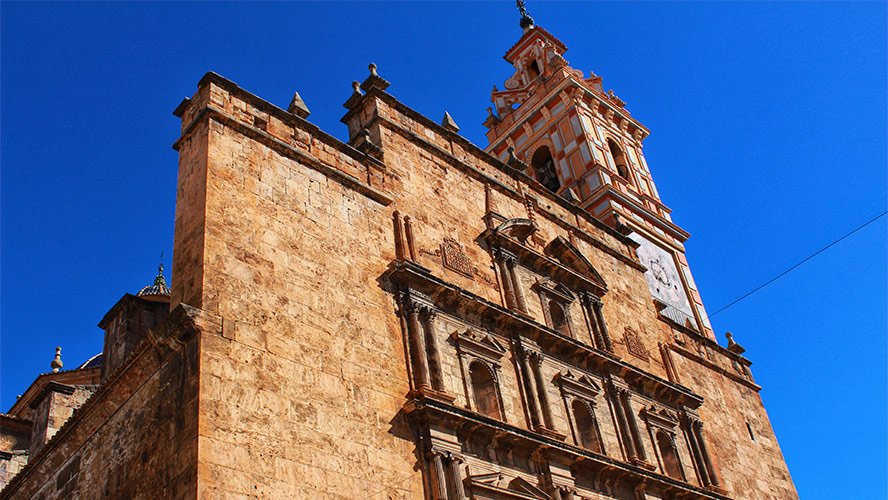
Viscount Palace
Dating from the end of the 14th century, the Viscount Palace was the incredible residence of the Viscount of Chelva. Declared a Cultural Heritage Site in 2006, together with the remains of the medieval walls that form part of the historic centre of Chelva, this palace contains the 12th century Almohad fortress. Recently a settlement from the Iberian period, from the 4th century BC, has also been discovered, and within the castle walls the location of the first Christian church in Chelva in the 13th century has also been located.
Where to eat in Chelva
In addition to monuments, culture and landscapes, Chelva has many possibilities for foodies. Its preserved cold cuts, the Chelva gazpacho, its gruel and its homemade pastries are famous, so we suggest that you do not leave Chelva without visiting one of its restaurants. We recommend the following establishments for their excellent value for money: Conrado Brasa-Bar (adds an avant-garde touch to the menu), El Remedio (has a traditional menu and excellent views), Tasca Plazi (stands out for its game dishes), El Papeo (has good basic dishes without a fuss), El Neutral (has an excellent stew called ‘pucherico espeso’) and El Rincón de los Pacos (is the place for the classic Chelva gazpacho).
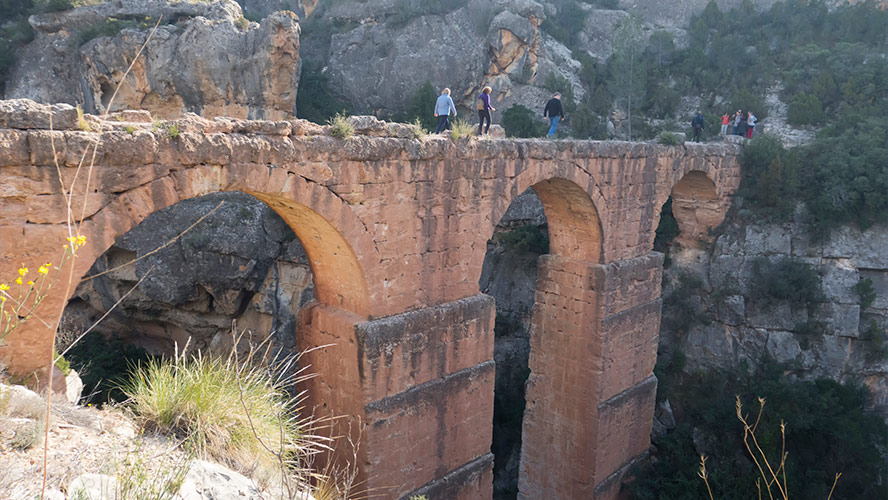
Itineraries in Valencia
What to see in Valencia in 2 days
What to see in Valencia in 3 days
























































